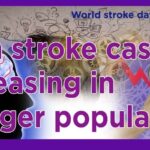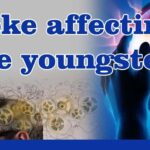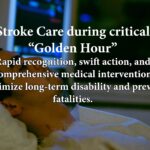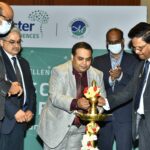Stroke is the leading cause of death and functional impairment accounting to a major burden of global non-communicable diseases. But 85.7% of the respondents are not usually aware of any established stroke symptoms, shows study done by Amrita Hospital .
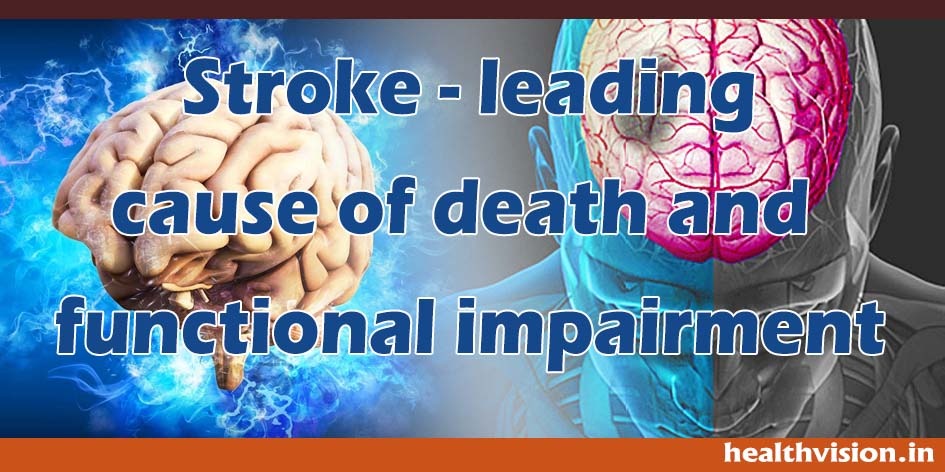

Stroke is the leading cause of death and functional impairment accounting to a major burden of global non-communicable diseases. The prevalence of stroke in India varies in different regions of the country and ranges from 40-270 per 100000 population. It has been found that around 12% of people affected with stroke come under the age group above 40yrs. The present study was done by Amrita Hospital, Kochi to assess the knowledge of stroke risk factors and symptoms among stroke patients and bystanders.
The study was conducted in-patients of stroke medicine department from October 2020 to April 2021. A total of 91 patients participated in the survey.Patients diagnosed with current and recurrent stroke of age > 18 years were recruited.Among the 91 patients, 56 (61.5%) of them were male and 35 (38.5%) of them were female.
Sharing some insights from the study, Dr.Vivek Nambiar, Head of Division of Stroke Medicine, Neurology, Amrita Hospital, Kochi.“Kerala being a state with high literacy rate, it is alarming that around 87.5% of the study populationis still unaware about stroke symptoms which results in high morbidity and mortality.Even though most of the patients (90%) were taken to the hospital, we found that awareness of stroke symptoms and risk factors was low in both the stroke patients and bystanders causes delay in hospitalization which further adds on to the complexity of the condition. Stroke awareness is not proportionately good with the state’s high education levels.A very important point which we always emphasize being doctor is that there is NO first aid for stroke. Take the patient immediately to hospital with availability of CT facility.”
Sharing more details from the study, Dr.Vivek, said, “In India, the prevalence of stroke in the young is proportionately high compared with the western population.Despite the implementation of specialized stroke units and thrombolytic therapy, the public remains uninformed about strokes, and only few stroke patients seek hospital care in terms of arriving at time to receive treatment. So, the main purpose behind the study was to evaluate the awareness of public regarding the management of stroke and in attaining sudden medical attention in those who shows signs and symptoms of stroke. Patients and bystanders were explained about the importance of seeking immediate medical attention and the efficient use of thrombolytic therapy when the patient is brought within the right time window. The timely implementation and success of stroke management greatly depends on the public knowledge about stroke, particularly individuals at high risk and their caregivers which necessitates the importance of improving public knowledge about stroke.”
Red alert symptoms which everyone must know for stroke is transient speech difficulty and transient leg and hand weakness which improves completely. Apart from red alert, regular checkups/tests like Doppler test and keep a check on the health of heart to look for Atrial fibrillation, is also recommended by experts. If someone has any sort of these lifestyle diseases like -Elevated blood pressure, Diabetes, Certain heart diseases like Atrial Fibrillation, High blood cholesterol, Poor Diet and nutrition, Obesity,Smoking and Alcohol consumption. Important is to spread as much awareness as possible to save lives and educate people.
Widespread awareness about stroke symptoms and the importance of receiving early medical attention within the first few hours after stroke onset is very necessary to minimise the disability due to stroke and maximise the quality of life. The results from the current survey showed that the general awareness of stroke is very minimal among stroke patients and family members.
This points the urgent need for enhanced public awareness efforts to improve the treatment and outcome of stroke patients. The healthcare provider starting from the primary care physicians should provide structured interventions to increase awareness and knowledge about stroke in public. Implementation of awareness programs is imperative in order to improve the awareness and management of stroke.



